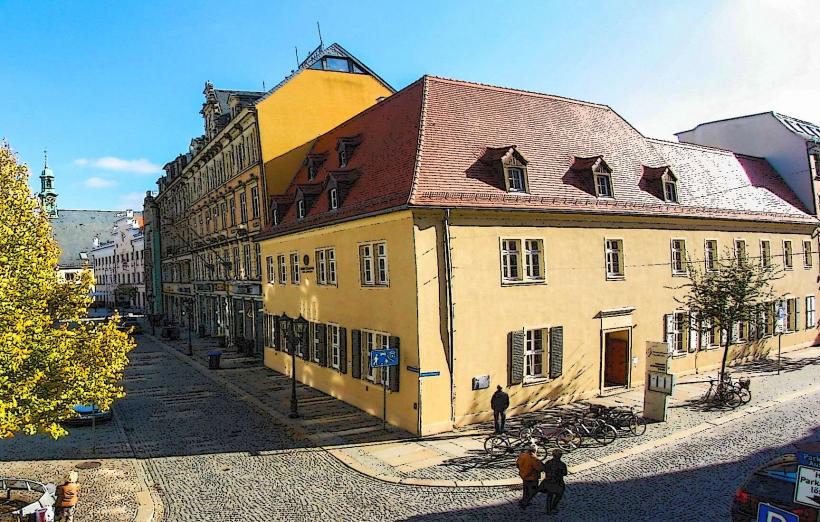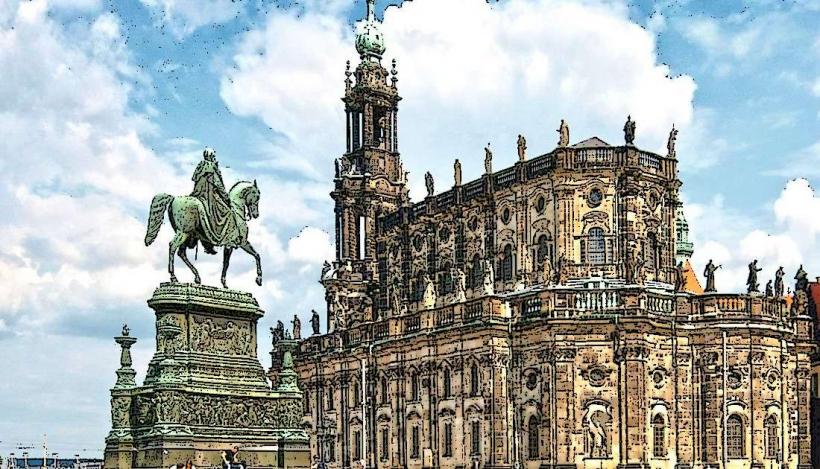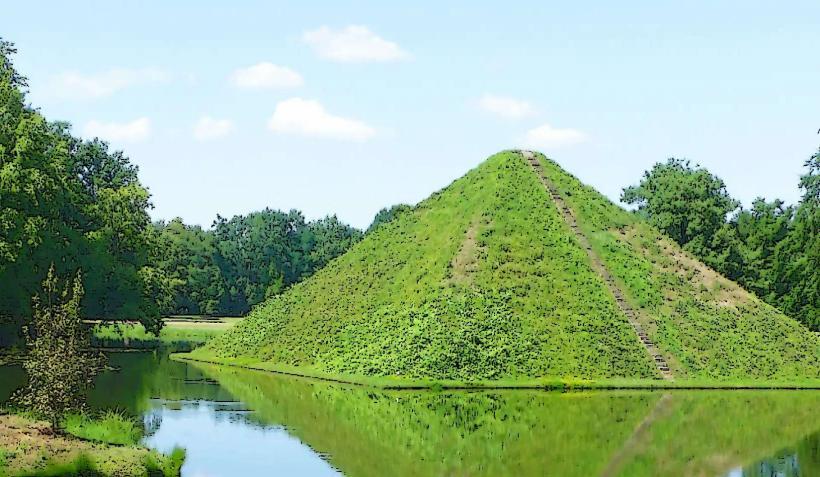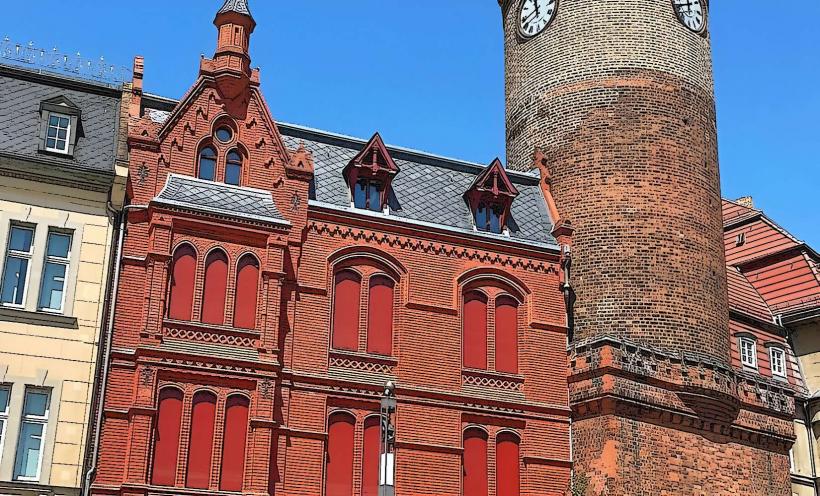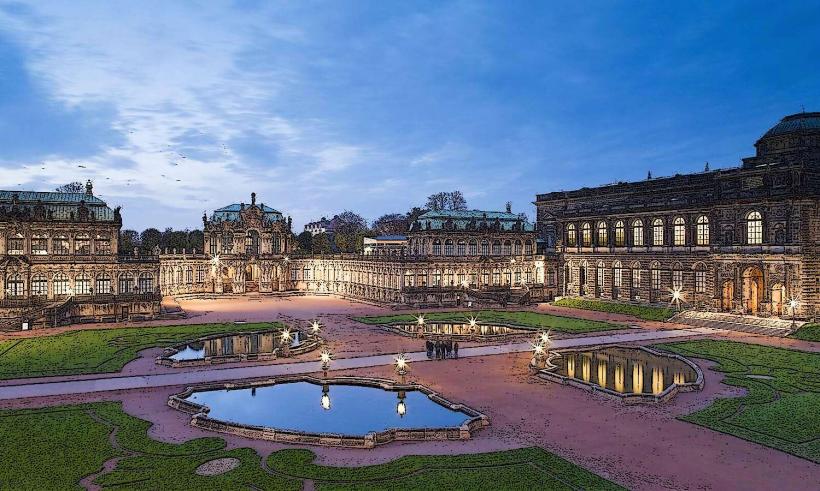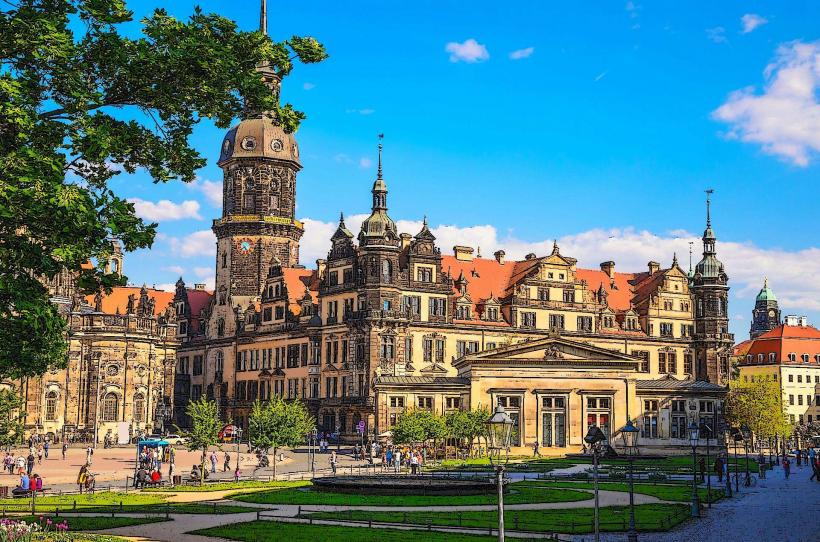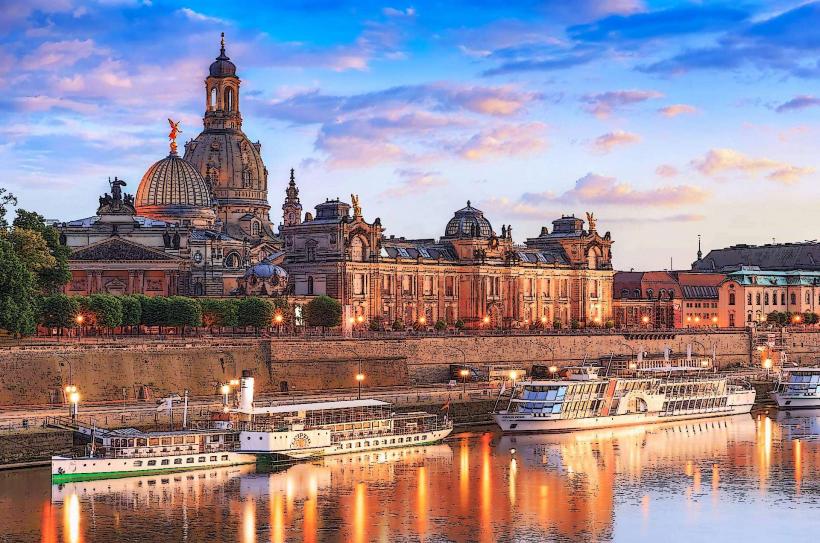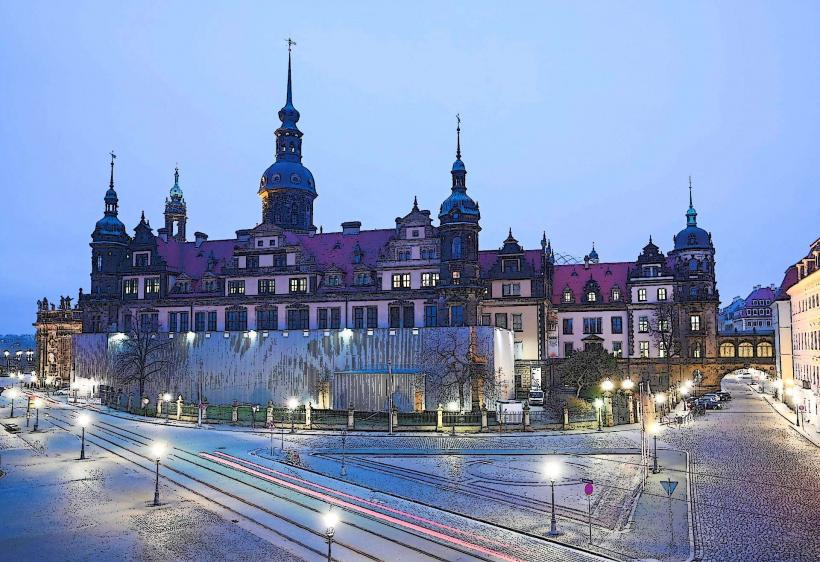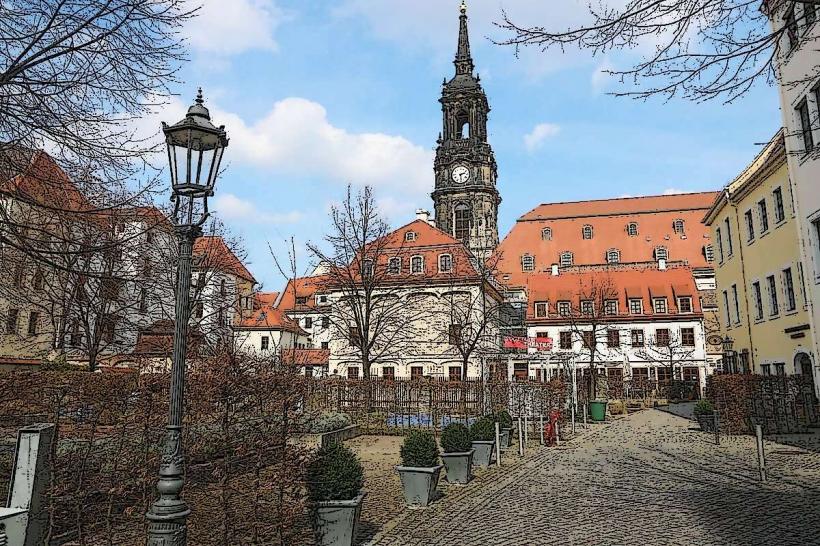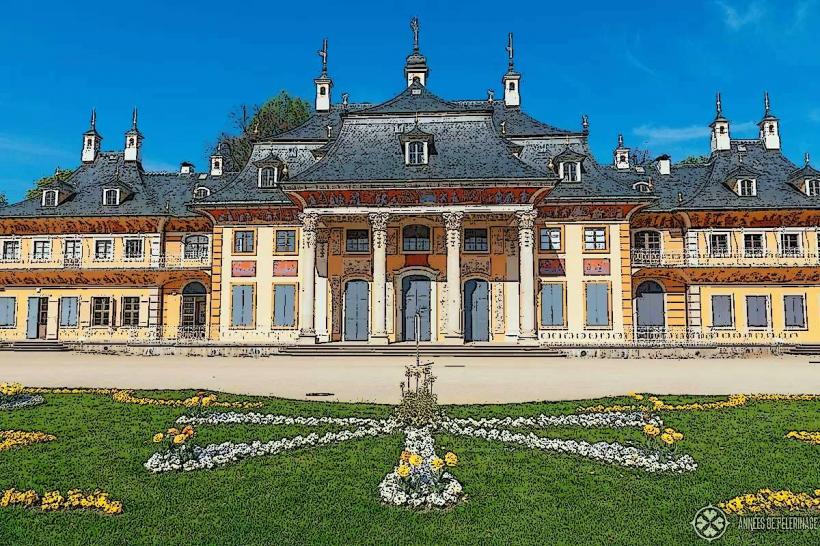Information
Landmark: FrauenkircheCity: Dresden
Country: Germany
Continent: Europe
The Frauenkirche (Church of Our Lady) in Dresden is one of the most significant landmarks in the city, both in terms of its architectural beauty and its emotional and historical importance. It is renowned for its stunning Baroque design, its complex history, and its role in symbolizing the resilience of Dresden and its people.
History and Background
- The Frauenkirche was originally built between 1726 and 1743 under the direction of architect Georg Bähr. The church was commissioned by Augustus the Strong, the Elector of Saxony, to be a symbol of Protestant faith and Dresden’s prosperity during the Baroque period.
- The church is located in the Neumarkt square, which was once the heart of Dresden’s religious and civic life. Its location and design made it one of the most prominent Protestant churches in Germany.
Architectural Design
- The Frauenkirche is an excellent example of Baroque architecture, with its grand dome, elegant proportions, and ornate interior. The church’s most notable feature is its dome, which was the largest of its kind in Protestant Europe when it was completed.
- The church’s structure is built in a classic Baroque style, featuring a central nave, side aisles, and a beautiful chancel. The dome is a double-shell design, rising to a height of 91 meters (299 feet), with a circular lantern at the top, allowing for natural light to pour into the sanctuary below.
- The interior of the church is equally impressive, with elaborate stuccoes, golden accents, and frescoes depicting biblical scenes. The church’s central altar, which was once adorned with a large crucifix, adds to the solemn beauty of the space.
Destruction and Reconstruction
- The Frauenkirche, along with much of Dresden’s historic center, was severely damaged during World War II. On the night of February 13, 1945, during the bombing raids on Dresden, the church was hit by bombs, which caused its roof to collapse. The church was left in ruins for several decades, symbolizing the widespread destruction in the city.
- After the war, the remains of the Frauenkirche were left in place as a war memorial to remind future generations of the devastation of war.
- The idea of reconstructing the Frauenkirche gained momentum in the late 1980s, and in 1994, reconstruction efforts officially began. This was a monumental project, both in terms of its financial cost and the technical challenges involved, but it became a symbol of reconciliation and hope for the city of Dresden.
- The reconstruction of the Frauenkirche was completed in 2005, 60 years after its destruction. The rebuilt church used many of the original stones, and the process involved extensive research and care to ensure the building was restored to its former glory.
Significance and Symbolism
- The Frauenkirche is not only an architectural masterpiece but also a symbol of reconciliation and peace. The church’s reconstruction was seen as a message of hope, rebuilding not only a church but also the spirit of Dresden and its people after the horrors of war.
- The Frauenkirche was consecrated once again in 2005 in a grand ceremony, with people from across the world gathering to witness the event. It stands as a symbol of the city’s resilience and the commitment to peace and unity.
- The church is also a significant landmark for Protestantism in Germany, as it remains a Protestant house of worship and is closely associated with the religious history of the region.
Interior and Art
- The interior of the Frauenkirche is equally stunning, with highly decorated walls, baroque altars, and impressive religious artworks. The organ, which was rebuilt as part of the restoration, is another notable feature and continues to be used in regular services and concerts.
- Frescoes on the interior dome depict scenes from the Bible, contributing to the church’s rich religious ambiance. The church’s high altar and pulpit are crafted with the finest Baroque detailing, adding to the church’s historical significance.
Visitor Experience
- Visitors to the Frauenkirche can explore the church’s nave and aisles, appreciating its architectural beauty. The church also offers visitors the opportunity to learn about its history, the reconstruction process, and its significance to the people of Dresden.
- The church has an observation deck at the top of the dome that provides panoramic views of the city. From this vantage point, visitors can see the Neumarkt square, the Dresden Castle, and other landmarks of the city, as well as the Elbe River and the surrounding region.
Music and Cultural Significance
- The Frauenkirche continues to serve as a place of worship, but it is also a hub for cultural events, particularly music. The church hosts concerts, particularly classical music performances, including organ recitals and choral concerts. The church is renowned for its acoustic quality, and its music performances are considered some of the finest in the region.
- The church is also a venue for significant ecumenical services and events that promote peace and interfaith dialogue.
Conclusion
The Frauenkirche is a masterpiece of Baroque architecture and a powerful symbol of Dresden's resilience and spirit. Its rich history, artistic beauty, and significance as a symbol of peace make it a must-see landmark in Dresden. Whether visiting to admire the architecture, attend a service, or reflect on its historical journey, the Frauenkirche offers visitors a profound experience of both art and history.

